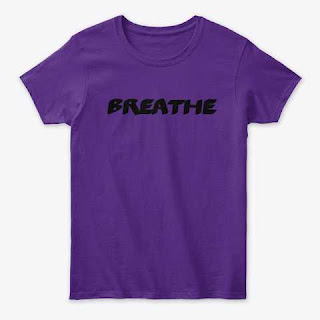So, let’s start simple with this subject. Without any medical terms, presumptions or claims, here is a good understandable definition:
Ketosis is the presence of ketones in the metabolism. The ketones are being used for fuel after all the stored glucose has been used up.
Yes - I did say being used for fuel. The body, brain and metabolism require two sources of fuel for your body to operate in an optimal state.
What is an optimal state you may ask?
Let’s start very simple with optimization. Is anyone reading this post a distance runner? Yes, many of you call it a runner’s high after you make a breakthrough in your event. This may come around mile 5, 6 or 7. Performance Dr. Jacob Wilson of ASPI Performance Assessment Labs suggests it takes about mile 7 of a distance run to burn through the stored glucose. What many athletes aren’t aware of is that they have burned through their stored glucose and started operating off fatty acid produced ketones.
Why is this considered optimization?
Well, if you own and operate an Automobile, don’t you usually make sure that the Auto has fuel and oil? If it has both, the motor will run most efficiently. Take one away, and the motor will not run very well for very long. That’s one of the best ways to compare the body’s ability to be run optimized using both forms of required fuel, ketones and glucose.
The biggest surprise often is that ketones are a cleaner and more sustainable fuel when studied under performance activities. If you know what VO2 Max is (oxygen utilization), you would be impressed with the fact that VO2 Max can be up to about 30% more efficient while in Ketosis. Dr. Volek of Ohio State University has been studying performance and the presence of ketones for many years. One of the biggest surprises and benefits to ketones for fuel is that your body manufactures them instead of having to store them for hours and days prior to performance. We all know that the maximum amount of glucose for storage is usually much smaller than what is required to make it through a performance event.
But performance is only one of many applications of being in the state of ketosis, and the presence of ketones. A person’s mitochondria require ketones for fuel. Mitochondria are the powerhouse of your cells. Why should I be concerned about mitochondria? Because mitochondria are in your heart, brain and muscles. So, no ketones in the metabolism and look what’s not getting the fuel(s) it requires to be optimized?
Ketones, ketosis and metabolism
Now, the importance of Ketones in the metabolism is getting a little clearer to someone who may never had heard of the word 'Ketosis' or 'Ketones'. But how do I get Ketones in my metabolism? That is a great question. Most of the studies since the 1920s have suggested that eating a moderate protein, lower carbohydrate diet with higher good fats can naturally put a person in to nutritional ketosis. The Ketogenic Diet (KD) has been studied for a long time for health, wellness and performance. The KD really confuses many athletes; since so many have been raised on storing fuel with proteins and carbohydrates. But these same athletes have never experienced the sustained fuel of operating on the dual fuel system explained above.
Like most things, technology continues to produce better options for people. Over 10 years ago a team of researchers in Tampa, FL figured out how to match one of the body’s ketones, b’hydroxybutyrate, BHB. Dr. D’Agostino did this for the U.S. Navy Seals and NASA astronauts. BHB is very effective for increasing human cognition and ensuring the reduction of seizures.
Why is this relevant?
Think about the conditions of these two professions - altitude pressures, oxygen deprivation etc. If the KD is prescribed for reducing seizures, doctors are saying that the presence of ketones will help your brain. Remember, the brain is one of the locations for mitochondria. So now you can fuel with endogenous (made in the body) and exogenous (taken in the body) ketones.
I’ve wanted to keep this post as simple as possible. It is your body and brain that needs to be optimized and preserved at their highest levels. Simply take a look at the recorded number of Alzheimer’s disease in the world. Remember that the brain has these mitochondria and it needs ketones. Eat a lot of carbohydrate based foods and the body may never produce a single ketone.
I only want you to take in this information and examine if you need and want to be better. You can be better very easily. I write this with experience of both lifestyles. I’m enjoying the higher levels of physical and mental fuels in my metabolism. Your personal challenge is probably to get better all of the time. I can be found on LinkedIn and Facebook. My name is Brian Magazine and I have enjoyed sharing this information with you today. I look forward to hearing from you on how to get ketones in your body.
 |
| Support our website and buy this awesome Tank Top. |




























